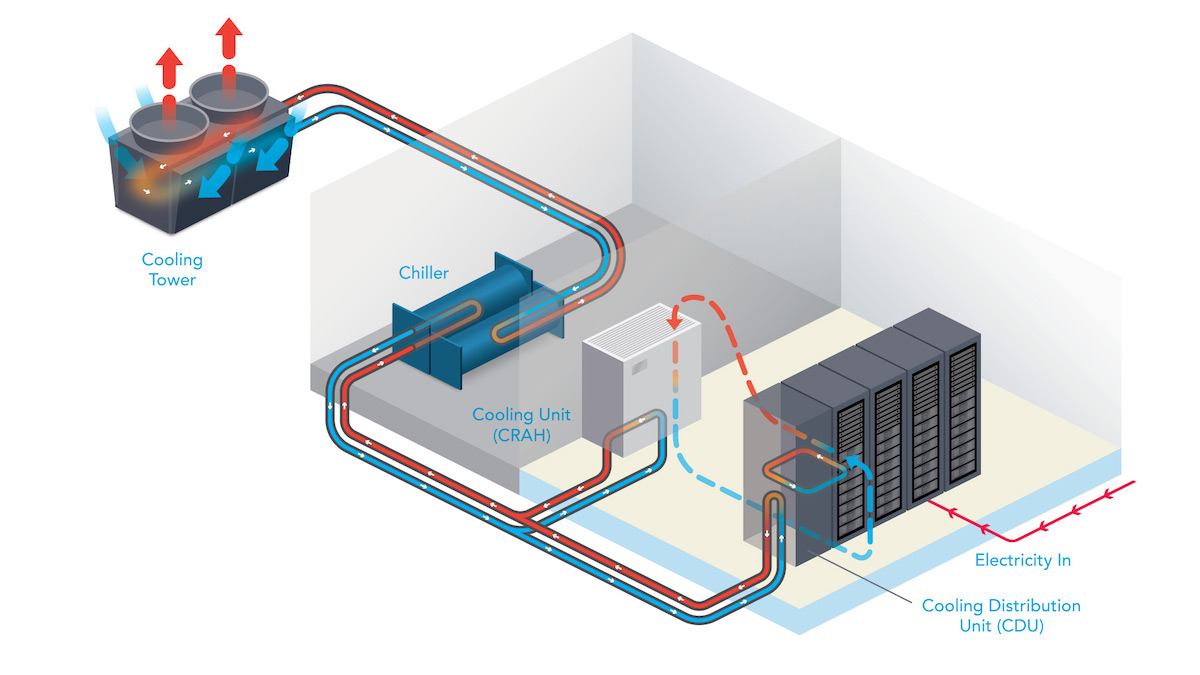[SlideShare] For Most Data Centers, Liquid and Air Cooling Will Not be Mutually Exclusive10 min read

Session Abstract
A recent report from Technavio indicates that the adoption of liquid-based cooling is high, as it is considered more efficient than air-based cooling. Globally liquid-based cooling is expected to grow at a remarkable rate through 2020, posting a CAGR of almost 16% during the forecast period. So, why is this level of adoption happening? Increasing rack densities lead by high performance computing (HPC) and the quest to improve efficiency are driving an increase in liquid cooling design strategies and deployment. While still relatively sparse, liquid cooling will become more prevalent, but this does not mean the end of air cooling. In this session, we’ll discuss how to implement liquid cooling while maintaining appropriate air-cooling conditions and fully realize efficiency gains. Lastly, we’ll discuss how to get started and get ahead of the market when it comes to improving cooling efficiency.
In this presentation, you will learn about:
- Types of liquid cooling
- The difference between liquid cooling and close coupled air cooling
- The relationship between air and liquid cooling
- Advantages of integrating liquid cooling with air cooling
- What equipment and components will continue to require air cooling
- How the integration of liquid and air cooling will impact your data center as a whole







0 Comments
Trackbacks/Pingbacks